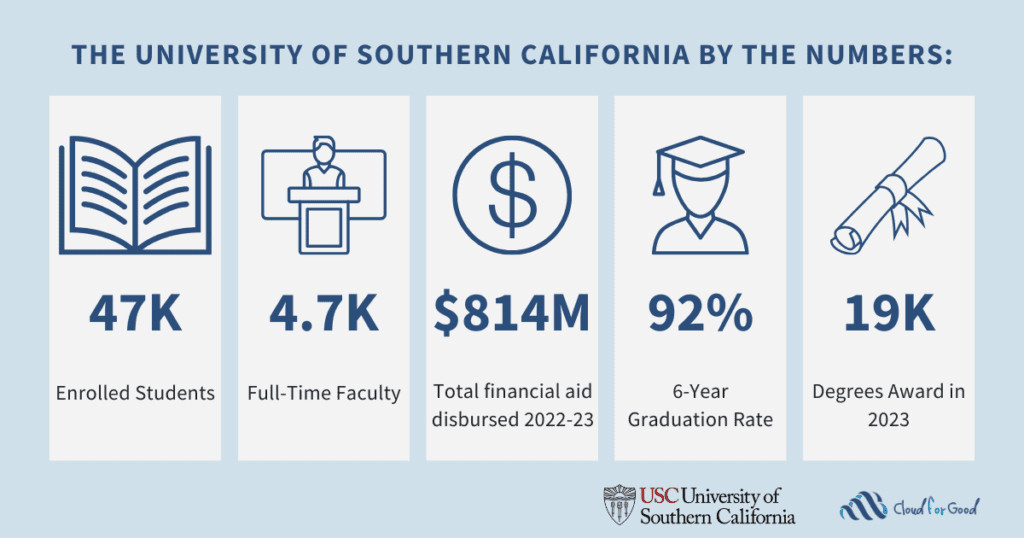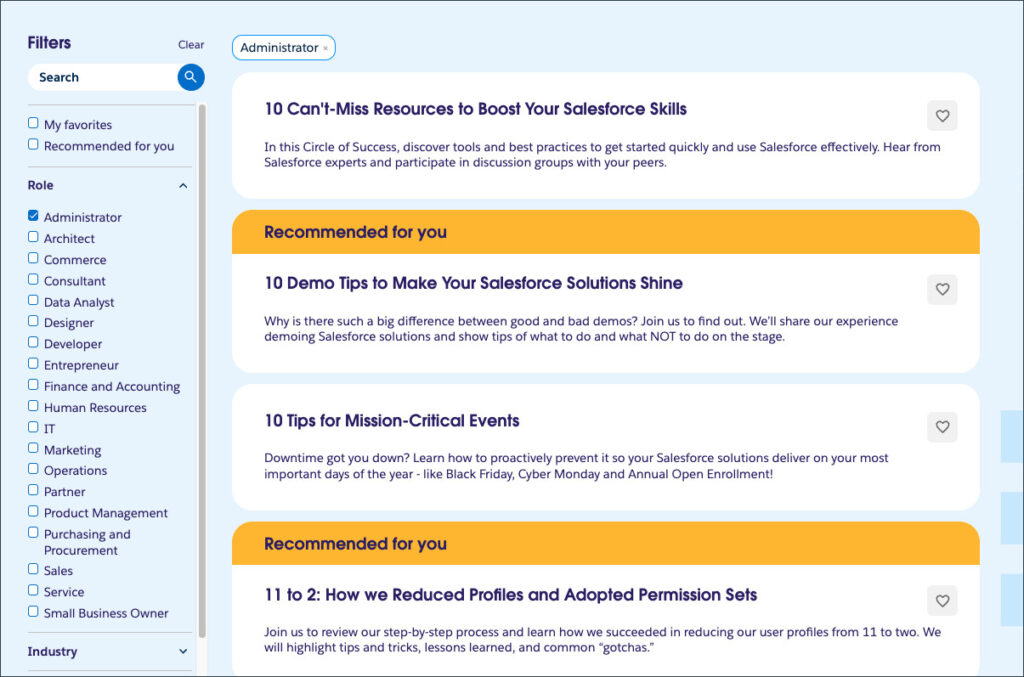Every day, consumers are flooded with ads, emails, and notifications. For businesses, this creates a critical challenge: How do you capture your target audience’s attention and keep them engaged? The answer lies in hyper-personalization, a strategy that uses AI, data analysis, and business intelligence to deliver experiences that feel uniquely tailored to each individual.
But hyper-personalization isn’t just about adding a customer’s name to an email. It’s about using big data, predictive analytics, and machine learning to understand customer behavior, predict future needs, and provide content, offers, and solutions in real-time. This level of customization creates a better user experience, drives business growth, and gives companies a clear competitive advantage in today’s fast-moving market.
Let’s explore how hyper-personalization works, why it’s a must-have for your business, and practical steps to integrate it into your strategy.
AI agents help Saks power hyper-personalization
See how AI agents are helping Saks create hyper-personalized customer experiences.



What is hyper-personalization?
Hyper-personalization is the art and science of creating highly tailored customer experiences by combining consumer data, automation, and advanced algorithms. It goes beyond traditional personalized marketing by using detailed user profiling and data-driven insights to deliver content, offers, and interactions that feel truly personal.
See how businesses are using hyper-personalization the right way:
- Retail: A clothing brand recommends a winter coat to a customer based on their purchase history, recent browsing habits, and an upcoming cold front hitting their city
- Entertainment: A media company uses machine learning and customer segmentation to serve relevant ads and content that will spark their interest and keep them watching
- Healthcare: A telemedicine provider can include hyper-personalization before, during, and after each patient engagement by analyzing a patient’s past consultations, current symptoms, and even local seasonal health trends to recommend follow-up care or tailored wellness tips
- Travel: A booking platform like Turtle Bay Resorts uses AI to send personalized replies and recommendations that leads to repeat bookings by 20%
Hyper-personalization relies on a mix of:
- Behavioral data: How users interact with your website or app
- Transactional data: Purchase history, loyalty rewards, return history, reviews, and payment preferences
- Contextual data: Time, location of the customer, and the type of device they are using
- Social data: Likes, shares, comments, and interests across social platforms
When these data points are combined with real-time insights, businesses can create experiences that feel relevant, intuitive, and effortless.
Why hyper-personalization matters
To stay hyper-relevant in today’s marketplace, businesses need to be able to deliver tailored messaging and experiences. Hyper-personalization is a strategic imperative for success. By implementing hyper-personalization in marketing initiatives, businesses will be able to:
Predict customer experiences
Today’s customers expect more than generic messages. They want brands to understand their preferences and predict what they need — before a customer even asks. AI can now analyze vast amounts of data and anticipate needs, suggest relevant products, content, or support. Think of next-best-action recommendations or predictive customer service.
For example, Saks is enhancing its personalization strategy by utilizing first-party data and AI to create a highly customized shopping experience across digital, mobile, and in-store touch points, transforming the luxury shopping experience and fostering loyalty.
Adapt in real time
AI empowers businesses to deliver hyper-personalized experiences by adapting in real time to user behavior. Instead of relying on static rules or broad customer segments, AI continuously analyzes interactions, preferences, and contextual data to tailor content, recommendations, and offers instantly.
Deliver hyper-personalized customer journeys
Traditional emails, where every customer gets the same generic offer, are a thing of the past. With AI, businesses can craft one-to-one experiences by tailoring emails, website content, and ads to individual preferences. Instead of segmenting users into broad categories, AI fine-tunes messaging at the individual level.
Create conversational and AI-driven assistance
AI-powered assistants, like Agentforce, create more personalized interactions by remembering past conversations, understanding context, and proactively helping customers — just like a human support rep.
Ensure smarter A/B testing and personalization at scale
AI doesn’t just test variations. AI can autonomously learn and optimize experiences, ensuring customers see what resonates with them the most, without requiring constant human intervention.
Create AI-powered content and creative personalization
AI can now help create personalized landing pages, product descriptions, and even ad creatives that adapt based on user behavior, preferences, or location.
Discover Agentforce
Agentforce provides always-on support to employees or customers. Learn how Agentforce can help your company today.



How to implement hyper-personalization in your business
Hyper-personalization might seem daunting at first. Breaking it down into clear, manageable steps makes it entirely achievable. Here’s how to start:
1. Centralize your customer data
Break down silos and bring all your customer data together for a unified view. Tools like Salesforce Data Cloud make it easy to merge behavioral, transactional, and contextual data, giving you the foundation for hyper-personalization.
2. Embrace AI and automation
AI-powered algorithms can process vast amounts of data to identify patterns and predict customer needs. Predictive analytics can forecast when a customer is likely to make their next purchase. And automation can send tailored messages or offers at the perfect time, based on customer behavior.
3. Refine your customer segments
Refine your audience groups to go beyond demographics. By targeting each group with specific strategies, you can maximize engagement and drive results. See the chart below for examples of different customer segments and strategies to target these audiences.
| Customer Segment | Description | Strategy |
|---|---|---|
| First-time buyers | New customers who may need educational content or incentives to encourage repeat purchases | Offer a welcome discount or a guide on how to get the most out of their first purchase |
| Subscription holders | Customers who subscribe to a service or product, with opportunities to upsell premium tiers or cross-sell products | Recommend a discounted bundle for adding another product line to their existing subscription |
| Cart abandoners | Shoppers who left items in their cart without completing the purchase, signaling an opportunity for re-engagement | Send a follow-up email with a special discount or a reminder about low stock for items left behind |
| Seasonal shoppers | Customers who tend to make purchases during specific times of the year, such as holidays or back-to-school season | Offer early access to holiday deals or personalized product recommendations based on past seasonal purchases |
| Engaged non-purchasers | Users who frequently browse or interact with content but haven’t made a purchase yet | Provide targeted offers, free trials, or curated product suggestions to convert interest into action |
| Churn risk customers | Long-time customers whose activity has recently declined, indicating a risk of disengagement | Offer loyalty incentives, a check-in survey, or exclusive offers to win them back |
| Advocates and brand ambassadors | Loyal customers who regularly refer others or leave positive reviews and could be used for advocacy campaigns | Create a referral program or invite them to an exclusive rewards tier |
| Discount-driven shoppers | Customers who mostly purchase during sales or with coupons | Send notifications about upcoming sales or provide personalized deals to align with their purchasing behavior |
4. Prioritize data privacy and trust
Customers are willing to share their data — if they trust how you use it. Be transparent about data collection and ensure strong privacy measures are in place. Trust is the foundation of great experiences.
5. Innovate with dynamic content
Dynamic content is a game-changer in hyper-personalization. For example, personalized videos or graphics can significantly boost engagement. Plus, real-time website customization ensures users see content that matches their interests.
Deploy AI agents with confidence
Learn how to fast-track your Agentforce implementation and drive long-term success.



Measuring success: Metrics to watch
Tracking the right metrics is essential to understanding the impact of your hyper-personalization strategy. Regularly analyze these measures to make sure your strategy stays on track and delivers value. Here are some key metrics to watch and questions your business should be considering:
- Conversion rates: Are personalized messages leading to more purchases?
- Customer satisfaction (CSAT): Do customers feel understood and valued? Use post-purchase surveys or satisfaction ratings to measure the effectiveness of your personalized experiences.
- Customer retention and churn: Are customers sticking with your brand over time?
- Revenue growth and ROI: Is personalization driving measurable results? Metrics like average order value (AOV) or lifetime customer value (LCV) reveal how much customers are spending as a result of tailored experiences.
- Engagement metrics: Are personalized messages resonating? Track click-through rates (CTR), time spent on tailored content, and interactions with dynamic features like recommendations.
- Abandoned cart recovery rates: Are personalized follow-ups converting cart abandoners?
The future of hyper-personalization
Hyper-personalization has become fundamental to effective marketing, sales, and customer experience (CX) strategies. As market trends and customer expectations evolve, businesses that embrace innovation and invest in tools like Agentforce, automation, and business intelligence are positioned to thrive.
But the future of hyper-personalization isn’t only about better algorithms or smarter AI. Its main goal should be about building trust and creating connections that last. As Benjamin Baer, Vice President of Product Marketing at FICO, explained on Experts of Experience:
“If you want to truly transcend and differentiate what you do as a business, prove to me that you know and understand and want to build a relationship with me that isn’t simply built on me buying something from you.”
Now is the time to act. By using AI, automation, and advanced analytics, businesses can deliver deeply personal, data-driven experiences that delight customers and foster true relationships. This isn’t just a strategy for growth; it’s the cornerstone of success in today’s fast-paced, customer-driven world.







